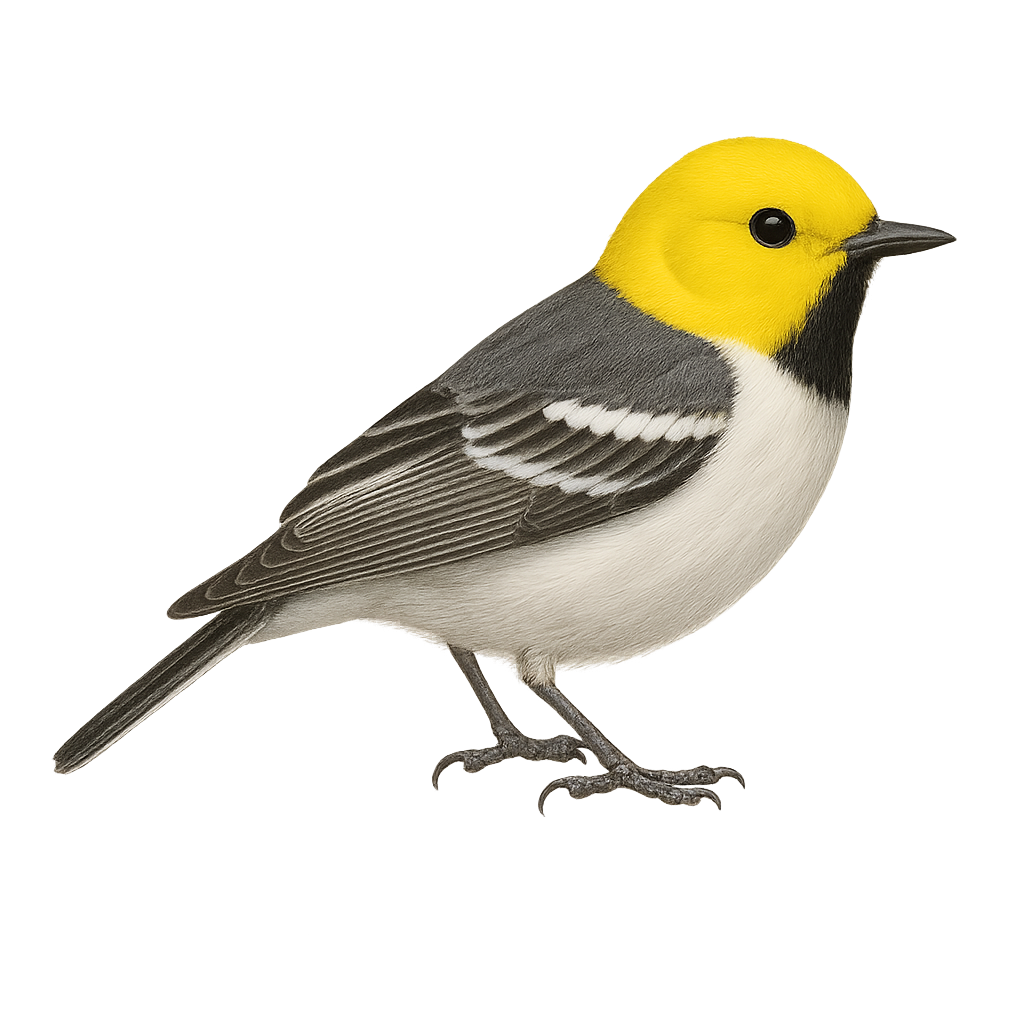Your wildlife photography guide.
Explore the hermit warbler in detail, study its behavior, prepare your shots.
Where to observe and photograph the hermit warbler in the wild
Learn where and when to spot the hermit warbler in the wild, how to identify the species based on distinctive features, and what natural environments it inhabits. The WildlifePhotographer app offers tailored photography tips that reflect the hermit warbler’s behavior, helping you capture better wildlife images. Explore the full species profile for key information including description, habitat, active periods, and approach techniques.
Hermit Warbler
Scientific name: Setophaga occidentalis

IUCN Status: Least Concern
Family: PARULIDAE
Group: Birds
Sensitivity to human approach: Suspicious
Minimum approach distance: 5 m
Courtship display: April to May
Incubation: 11-13 jours
Hatchings: April to June
Habitat:
coniferous forests, mixed forests, wooded areas
Activity period :
Primarily active during the day, with peak activity in the morning and late afternoon.
Identification and description:
The Hermit Warbler is a small songbird in the Parulidae family, easily identified by its distinctive plumage. It has a black back, wings striped with white, and a black throat contrasting with its white belly. Males display a yellow spot on the cheek, while females have a duller hue. It primarily inhabits coniferous and mixed forests in western North America. A migratory bird, it winters in the southwestern United States and Mexico. Its song is a soft, melodious trill, often heard in spring. It feeds mainly on insects, which it catches by flitting agilely among branches.
Recommended lens:
400mm – adjust based on distance, desired framing (portrait or habitat), and approach conditions.
Photography tips:
To photograph the Hermit Warbler, opt for sunny mornings when natural light highlights its distinctive colors. Use a 400mm lens or longer to capture precise details without disturbing the bird. Be patient and discreet, blending into the environment to avoid startling it. Look for areas where it is active, such as coniferous forests, and wait for it to perch on an open branch.
The WildlifePhotographer App is coming soon!
Be the first to explore the best nature spots, track rutting seasons, log your observations, and observe more wildlife.
Already 1 432 wildlife lovers subscribed worldwide

